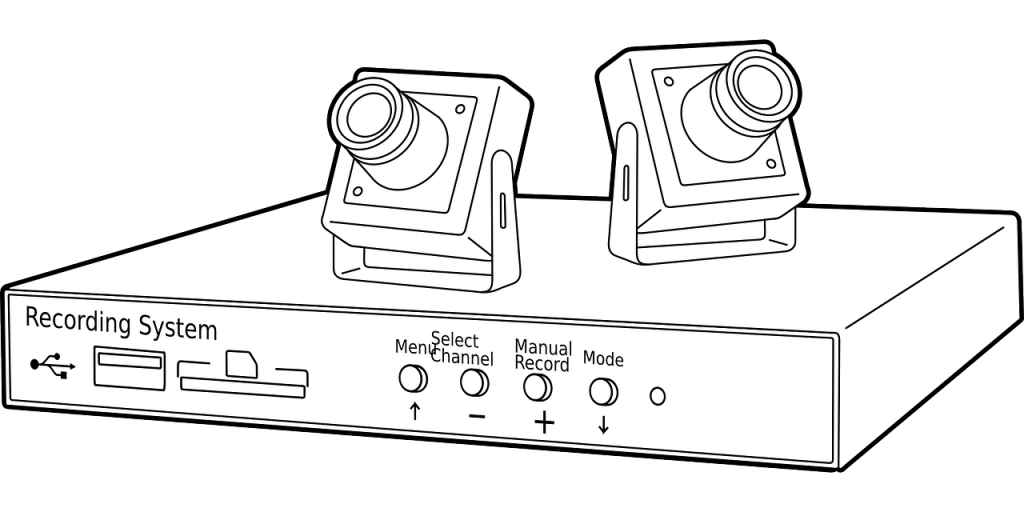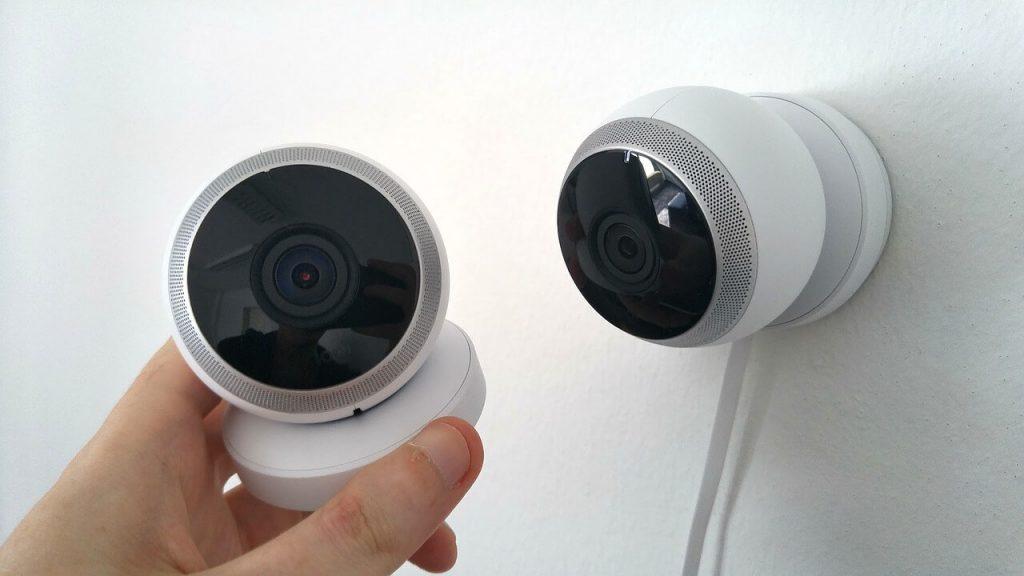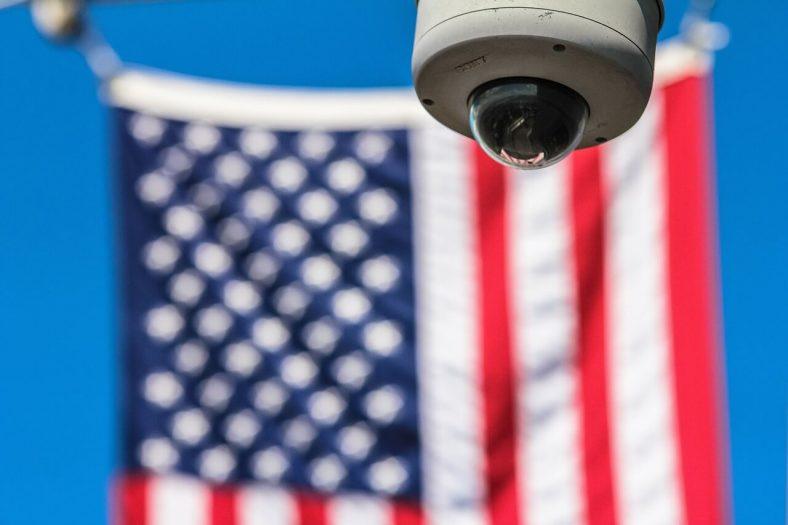These days, security cameras have been digitally improved, and the plan to replace the black and white footage of the past has been the campaign. While these improvements have taken place, the number of wireless and wired options has increased.
When it comes to guarding one’s belongings, one should analyze the options available and what each system offers. To find wired and wireless devices that are similarly appointed is very easy. An individual can then make a list of preferences and features of the type of surveillance they want.
In the market, the top cameras have oodles of cutting-edge abilities, including customizable notifications, real-time remote controls, cloud storage, and high-definition resolution among others. In addition to that, performance in low light, weather resistance, the systems connectivity to an emergency, and the general appearance of the camera is considered too.
Simultaneously, it is essential to know the place the camera is mounted, the number of cameras needed, and if necessary, how to review and view the live footage. Lastly, one should consider the amount of data recorded and the place where it is recorded, and the general way of how the cameras work.

Understanding wired cameras
To realize video transmission and power supply, wired security needs to have connections via cables. There are two types of wired cameras, wired PoE IP cameras, and traditional hard-wired analog cameras.
For the PoE IP cameras, they use either cat 5 or cat 6 Ethernet cables for connection with the home network router. Thus, this can be connected with the use of the Ethernet cable only or both power and network transmission. On the other hand, the traditional analog camera uses two cables.
One connected to the DVR for data connection and the other to a power supply. However, comparing the two shows that the PoE type has a more precise resolution than the analog model.
Advantages of wired cameras
They are reliable for monitoring. Since they do not rely on sensors that use radiofrequency for communication, they are highly reliable. They are less probable to flop compared to wireless if the phone is not snipped or wires damaged.
In addition to that, power outages are solved by the availability of the battery backup. Secondly, they are easy to maintain. After the initial setup by a professional, there would be little concern about regular checking. It is ideal for large homes.
Wired equipment can handle many sensors that wireless devices can handle. Between multiple buildings on a single property, they can also be spanned. They are less vulnerable to hacking.
For instance, the only way one can hack through is when they physically disconnect and connect to another wired system to access it. Lastly, they have a more stable data transmission since they are less interfered with by nearby devices.
Read more: 9 Best webcams for zoom meetings (Reviewed 2021)
Disadvantages of wired cameras
To start with, their expense, they need high certified professions when installing thus expensive. The general installation process is difficult from connecting sensors to drilling holes for the passage of cables and could result in high installation fees.
Secondly, they are more vulnerable in a way that burglars who are very conversant about them can easily disable the wired system by simply cutting the phone lines and cables. While they are permanently installed, some installation companies may refuse to install old equipment in a new place.
Lastly, they can only be controlled from one location. Unlike wireless which can be controlled remotely, the wired system can only be armed and disarmed from one place. In homes where there are many floors, it would require each to have their control room thus space-consuming.
Understanding wireless cameras
A wireless connection includes a link to a source of the Wi-Fi network. There are two types of cameras which are solar or battery-powered wire-free cameras and traditional cameras. Despite that, the video transmission is entirely wireless, the difference being how power is supplied.
Battery or solar-powered are powered by batteries or solar panels. They are convenient and easy to connect thus the name wireless. On the other hand, traditional wireless needs to be plugged into a power source. However, the communication between the router and the camera is mainly through a wireless signal.

Advantages of wireless cameras
They are easily installed since no drilling or tricking wiring is required. They are mostly DIY hence eliminating the installation fees. Secondly, they are easily removed during relocation as one will not need to call professionals or rip out wires from walls.
Since they lack a phone line or cables, they offer extra protection as disabling the alarm would be hectic. To their advantage, they are not hardwired thus easy to modify and easy to upgrade. With such a system, it is easy to increase the number of sensors.
They are remotely accessible. The system has a panic button that is controlled by a remote key fob that can either arm or disarm the system. Lastly, it is possible to sync with other home automation features such as smart lights, a smart lock, and a thermostat.
Read more: Best digital picture frames with wifi (Updated 2021)
Disadvantages of wired cameras
They are susceptible to interference. Despite this issue being uncommon, a Wi-Fi wireless connection can lead to the loss of signals. Sensor radiofrequency can occasionally fail whether it is through remote controls, structures in place, power lines, or any other distractions.
They need regular checking for battery-powered systems thus must be checked regularly. Thirdly they are limited to distance and can work only in small or medium-sized homes.
Generally, their open-air range is up to 500 feet. Lastly, they are highly risked for hacking. By jamming signals to avoid alarms from being signaled, burglars can easily hack through the system.
Conclusion
Where during the day or night, homes should be well secure for family and friends. By installing a home security system, it makes a home a safer place to stay. While both the wireless and wired cameras have their pros and cons, one should gauge their suitability towards each and choose the correct one. However, still, the wired system is the favorite for most homes.
